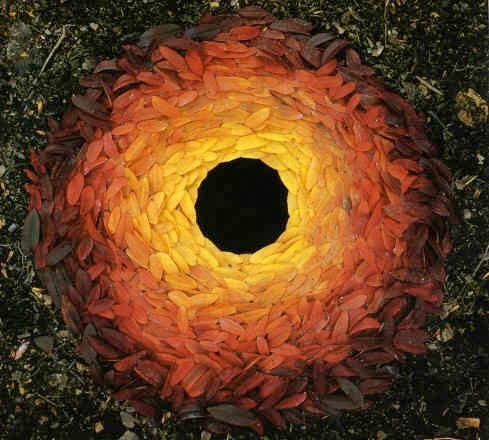The purpose of practice is not the mastery of the discipline but the route itself, which leads toward the achievement of self-perfection and increasing harmony with others and things.
– Louis Frederic, in A Dictionary of the Martial Arts
It is no great secret that our economy is results driven. Mistakes are not looked upon favorably. Going back to the drawing board is rarely seen as a good thing. There is a saying I’ve heard bandied about: “Done is better than good.” Usually this is brought up when something is very close to blowing through the gates of some do-or-die deadline; but sometimes it is invoked in order to simply relieve the speaker of taking apart whatever it is he or she has been working on and calling it done.
But it is in the doing, the creating, the making of mistakes that sometimes true genius is stumbled upon. In his Incomplete Manifesto for Growth, Bruce Mau says “Make mistakes faster.” There is something to that.
Oftentimes when a project is stuck, or looking drab, or mired in some weird creative morass, I like to just start working on something in it – even if I know whatever I’m working sucks rocks. Frequently, just the process of working dislodges me from the mire; suddenly, I see the piece in a whole different light and ideas are flowing again.
This leads me to wonder, again, about the artistic process in design. Though it is the nature of business to complete things, I wonder if a piece can ever be considered truly done.Artists return to their eariler works frequently, revising, reinventing, allowing the work to evolve, building on their experiences and reacting to the changing environment.
Looking at Andy Goldsworthy’s work calls to mind this idea – not only in the way he will repeat a theme in a different location and medium but in the way that his work is impermanent. Many of the pieces he produces, including the three above, are meant to literally blow away, be dissolved back into the environment.
It strikes me that a perfect example of this kind of iteration, change, and constant work is clearly evident in the work of a web designer. Any given company’s URL is constantly changing; the “title” of the work, as it were, remains the same, but the look, feel, shape, size, and content of it is always changing, constantly being revised and revisited, never done – only done for now. To see this in action, visit this utterly fascinating site: The Internet Archive. 85 billion web pages, archived. Take a look at the Wayback Machine and choose any company; for the purposes of this exercise, I chose United Airlines. Many of the image links are broken, but the point of the exercise holds; the site is constantly changing, being worked on, evolving. So, when can one say that it is ever really done?
I feel that sometimes our work, being so “completion” driven, for lack of a better word, can remove us from the sense of ourselves as artistic entities. If one moves from job to job to job, constantly reacting to the next set of constraints without a sense of one’s own input into the process, it’s easy to lose any sense of evolution or continuity. I encourage myself and us all to find that thread of thought and cultivate it. Build a sense of your own evolution; carry it forward into each project, and add to what you’ve done before. Do it again, do it again, do it again. It will never be the same way twice.




The same applies to a musician working on a song. I’ve found that it’s interesting to record a performance of a song when you have just completed writing it (or learned it, if it’s a cover tune). Forget about the recording for a few years. Play the song more, perform it at an Open Mic, go about your business… then play back the recording a few years later to see how different you sing and play it now it now. You might find yourself really shocked at the differences. The creation process is ever-refining, ever-expanding.
Nice writing, John.
In recent years, iteration has become a big deal in software programming itself, not just in the look/feel aspects of design. The idea is that the development team works very closely with the customer and prepares working prototypes frequently and late changes in requirements are welcomed. The idea is, in effect, to work continuously on “something” to make it better, instead of trying to monolithically deliver a masterpeice at some fixed point.
Also, probably you know it, but there is a great documentary about Andrew Goldsworthy called Rivers and Tides. Highly recommended!
Interesting John, thanks for putting your observations out for all to enjoy.
Your post seemed related to a very cool exhibition I just heard about:
Sol LeWitt: A Wall Drawing Retrospective
The web site is definitely worth checking out.
http://www.massmoca.org/lewitt/
Be sure to check out the images in “View the Drawings by Grid” section. Very inspiring.
Thank you for sharing your design blog, I went and revised Andy Goldsworthy work and saw a video on-line, great inspiration.
Also nice to hear you talk about the design process, I find writing helpful to informs my visual work, especially if I feel stuck. And traveling is a good remedy to get outside your bubble. Impression are made on you from other places that at least make me feel I am not quite the same person when I return.
Anyway look forward to hearing from you again, Merry Christmas!